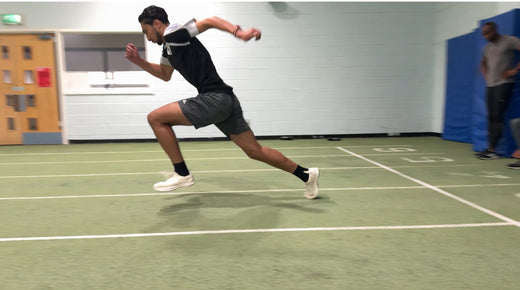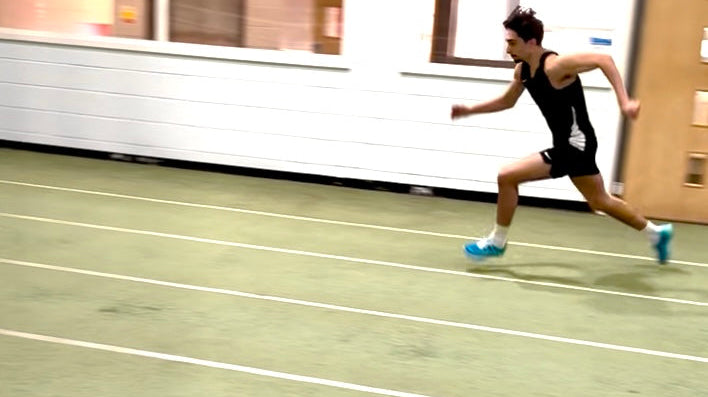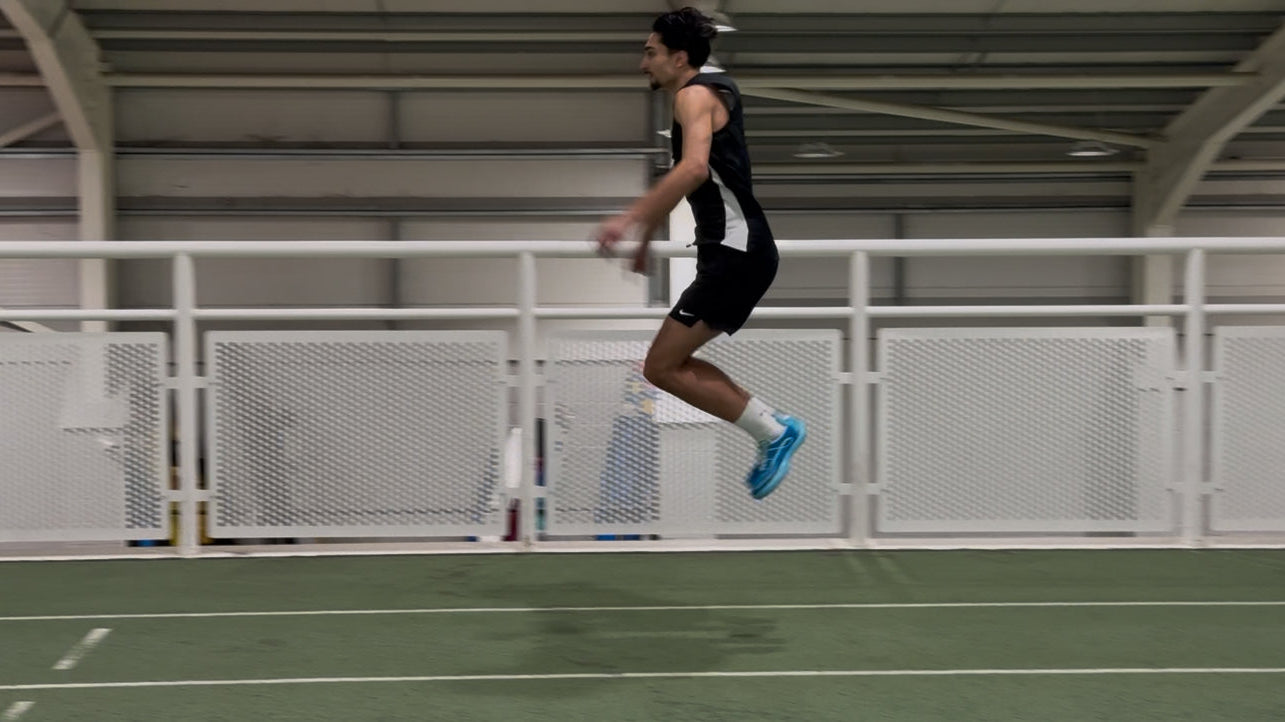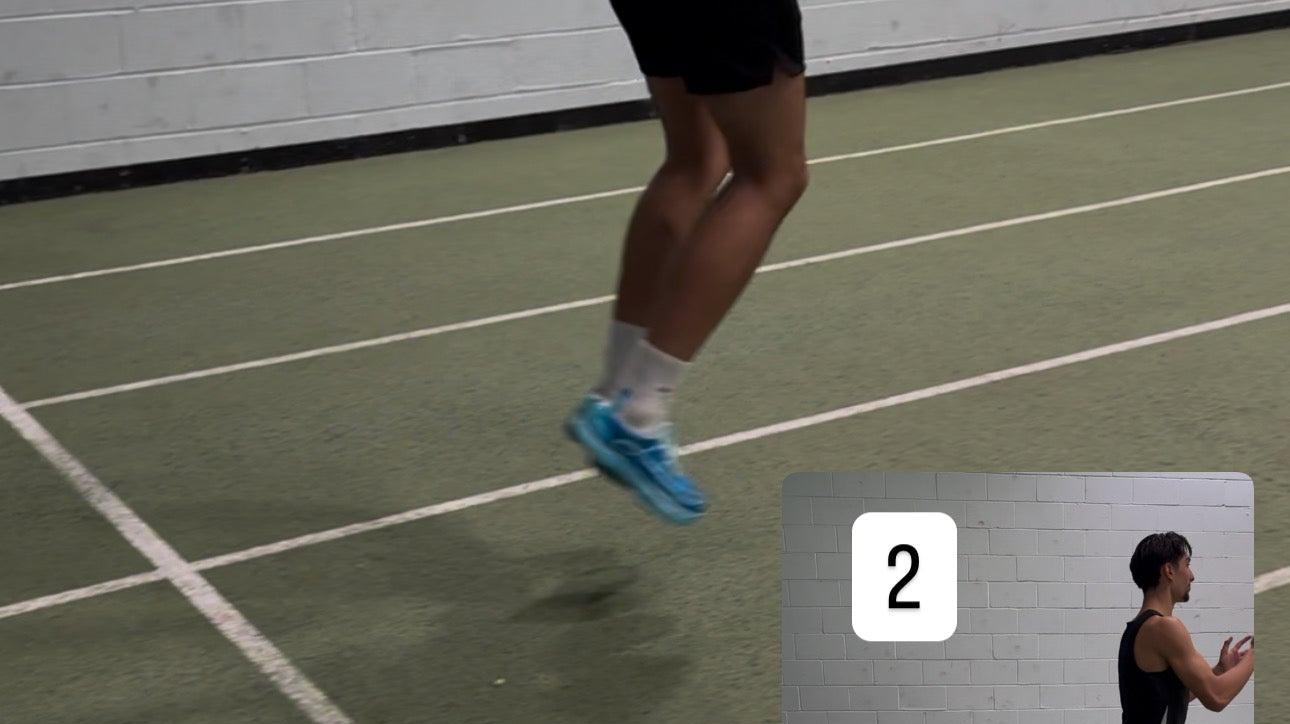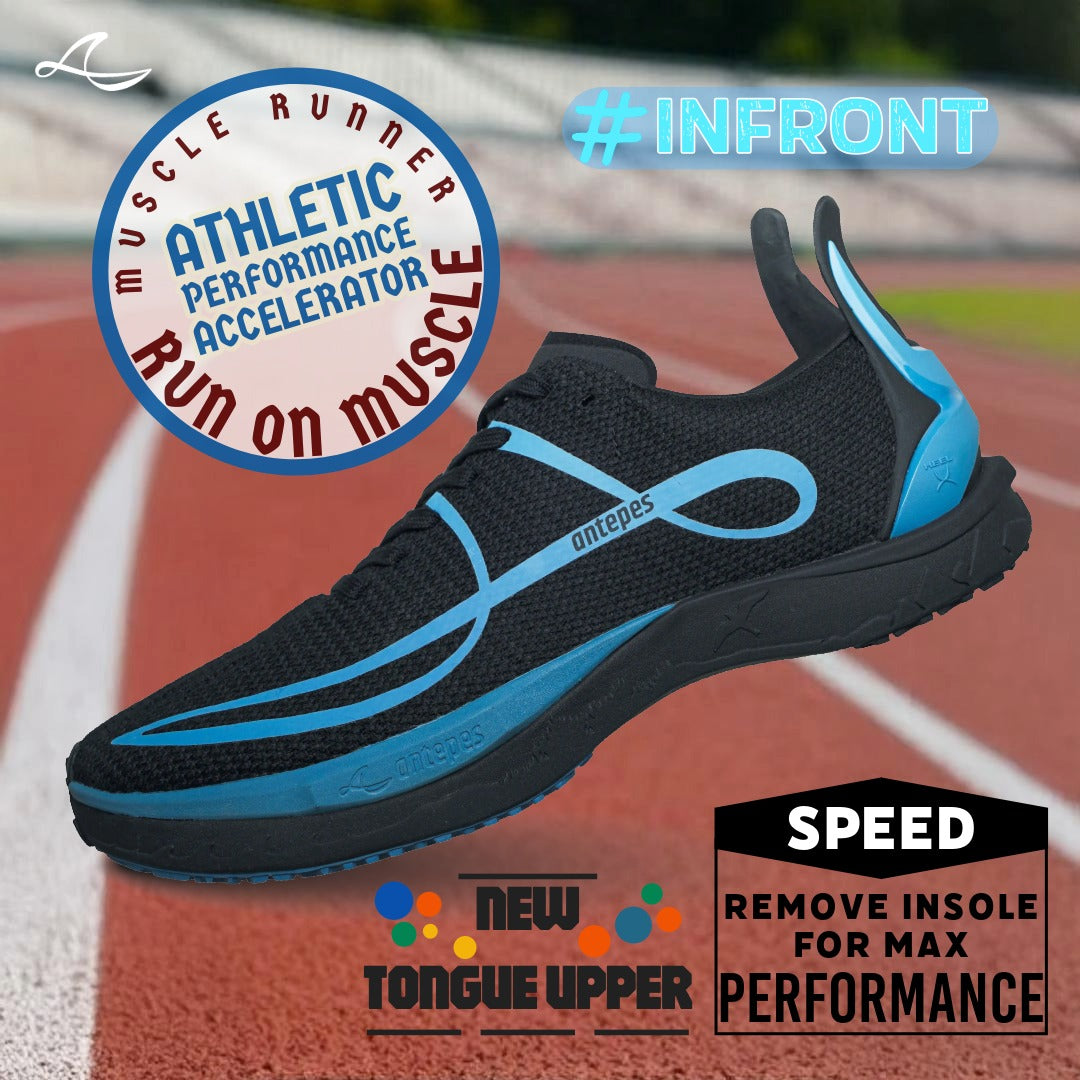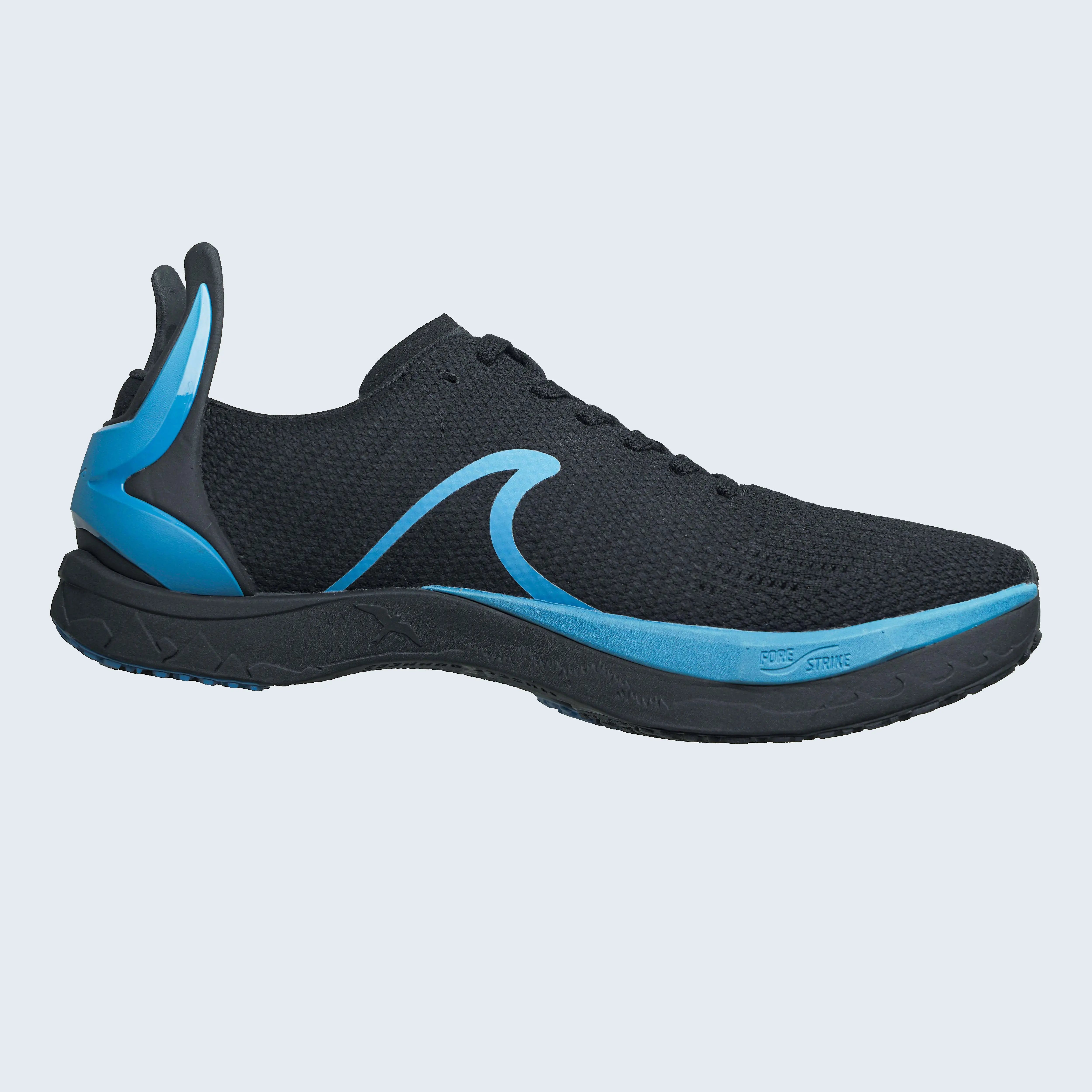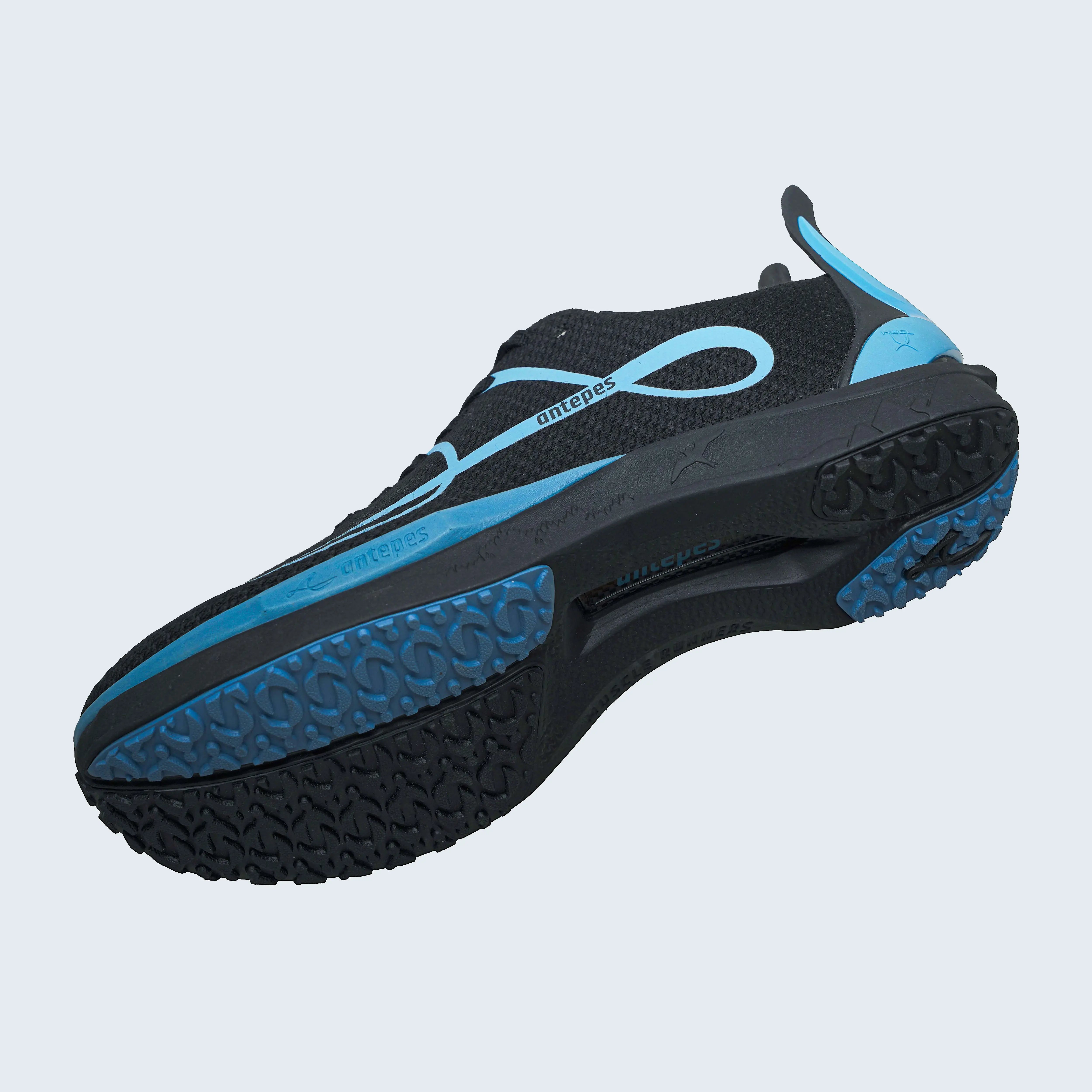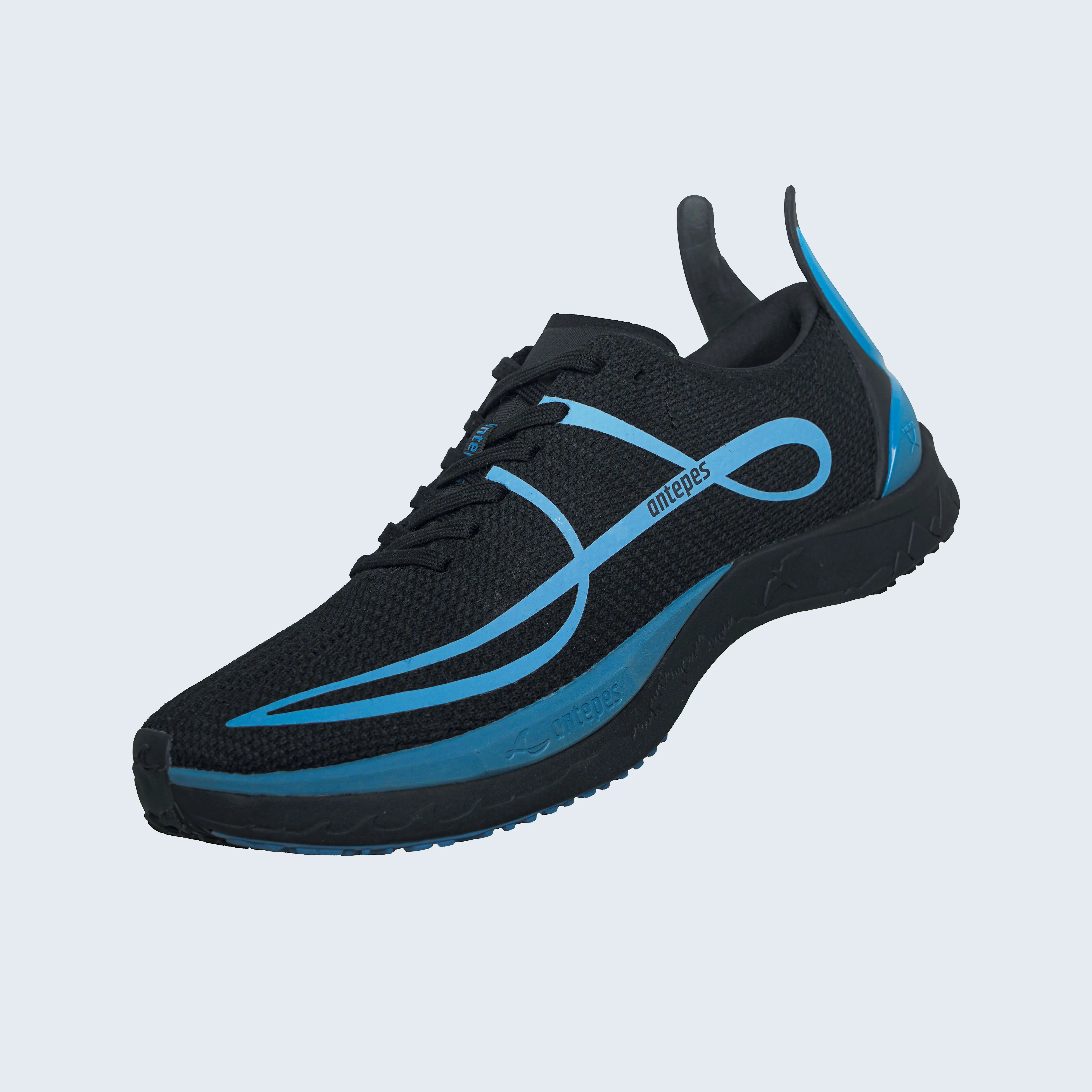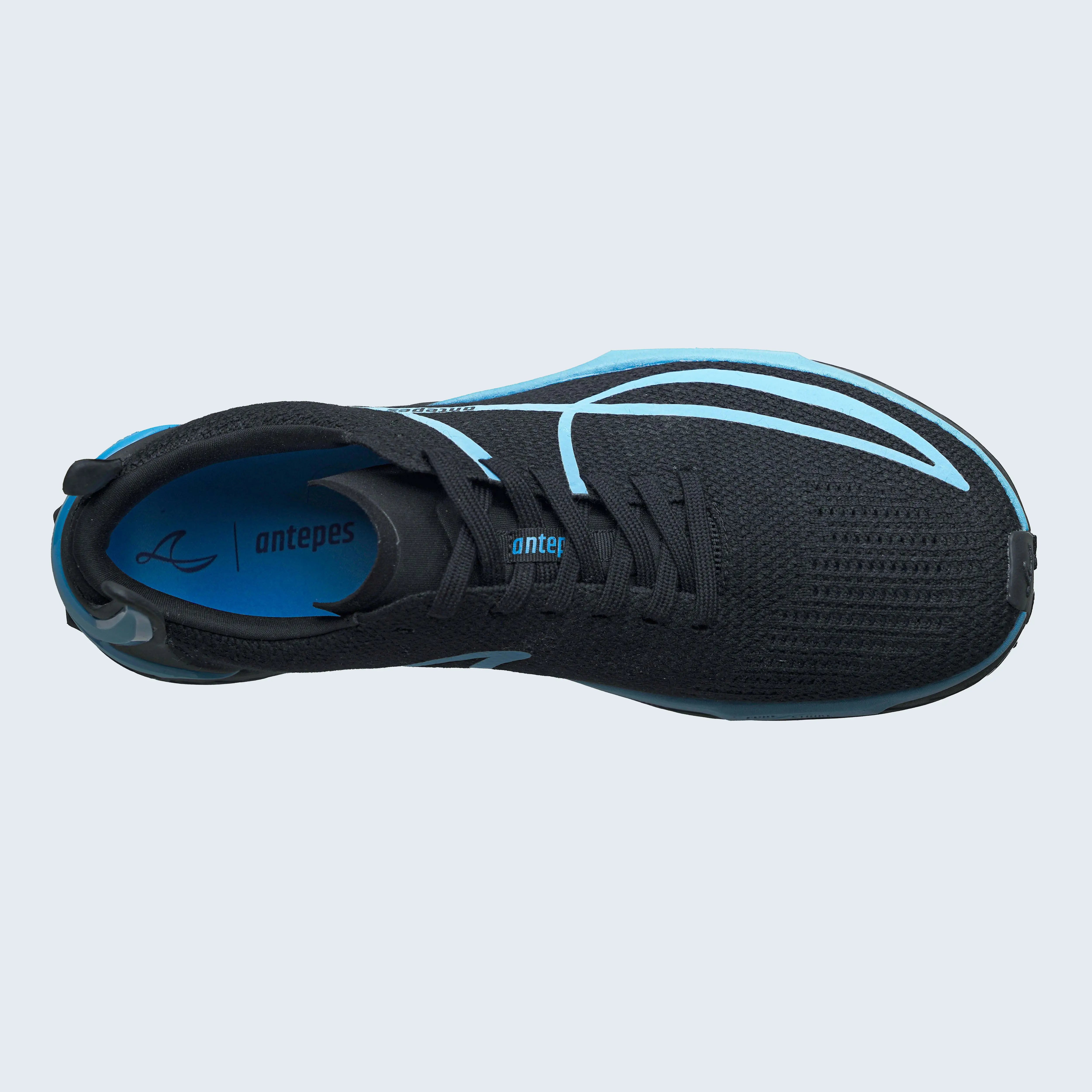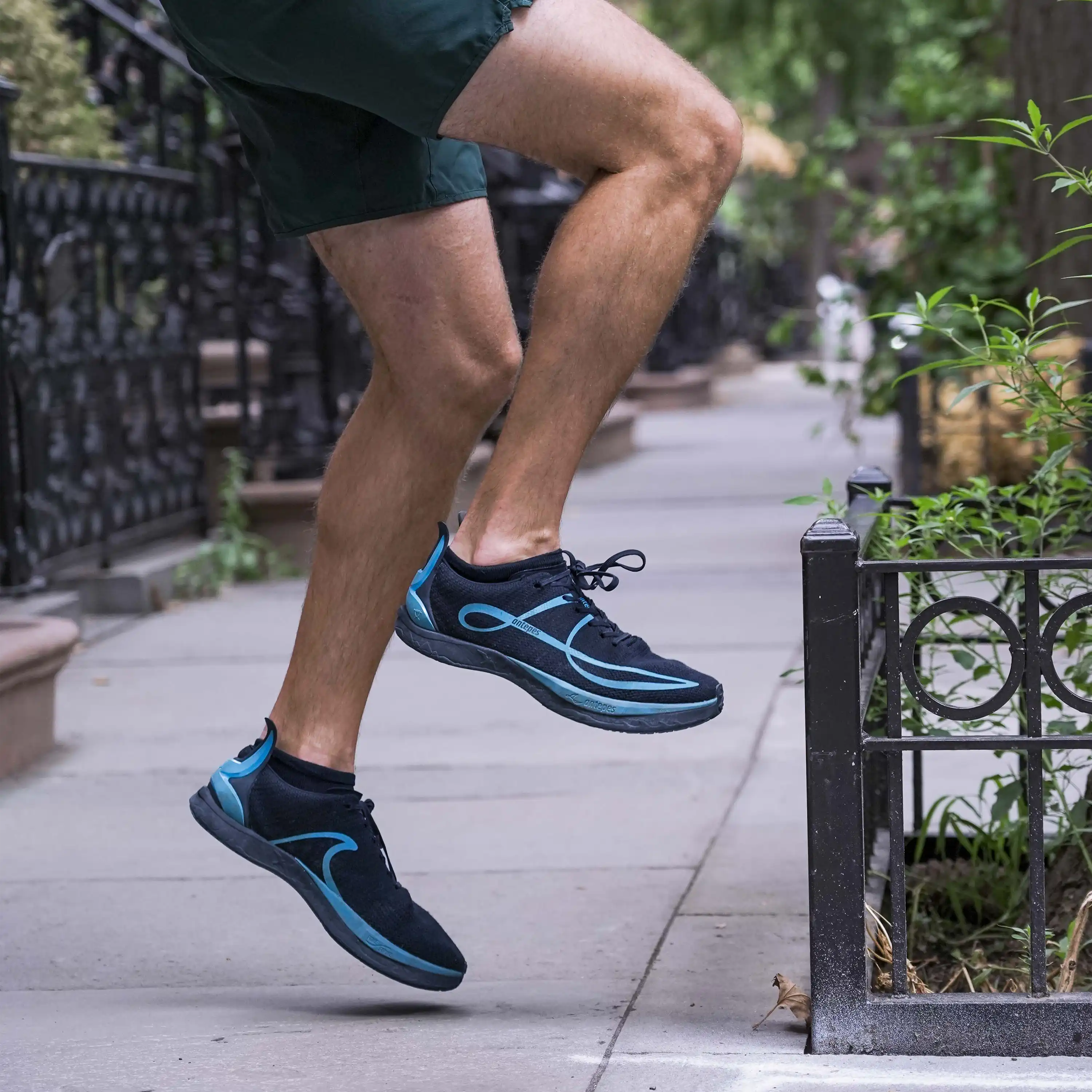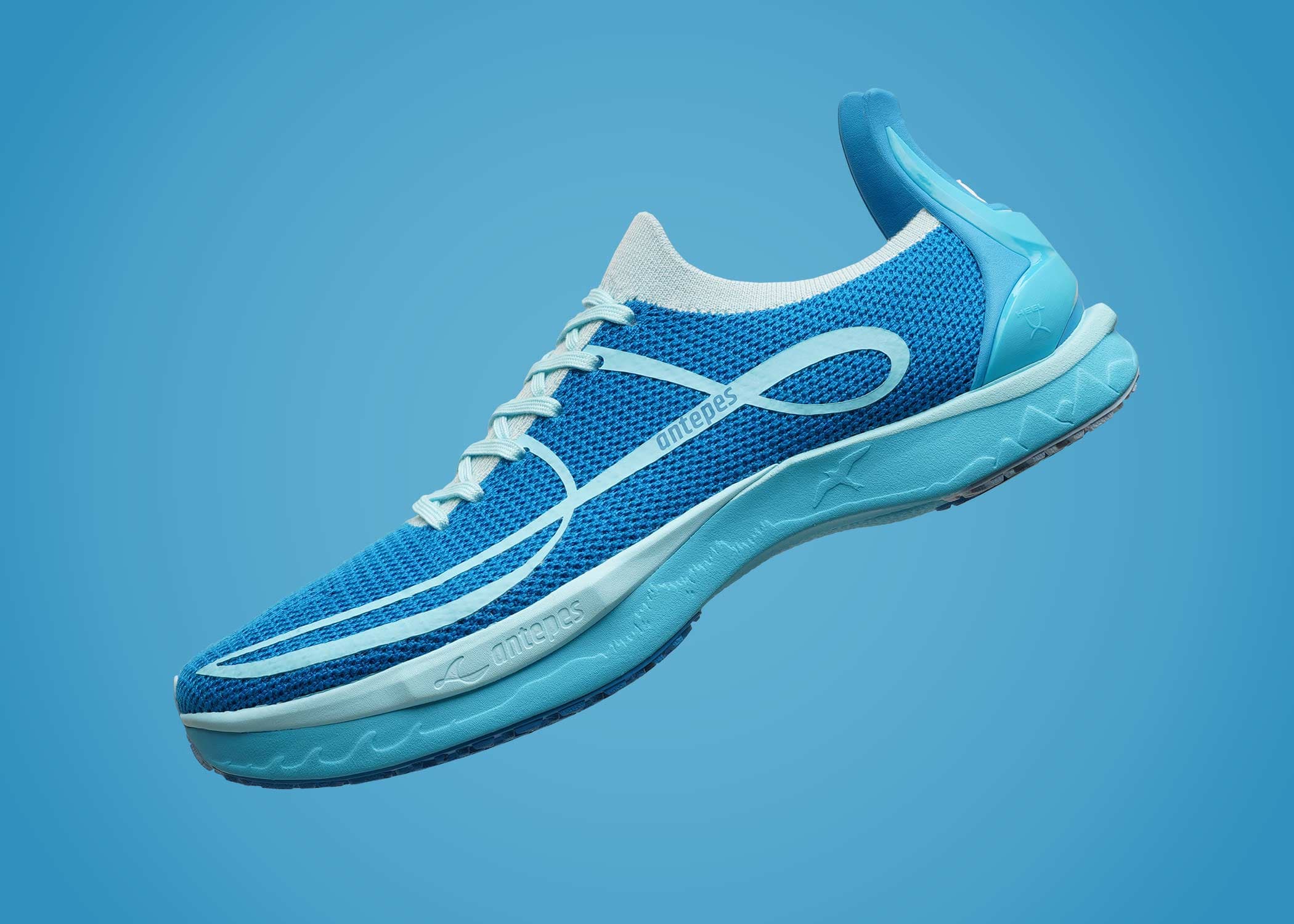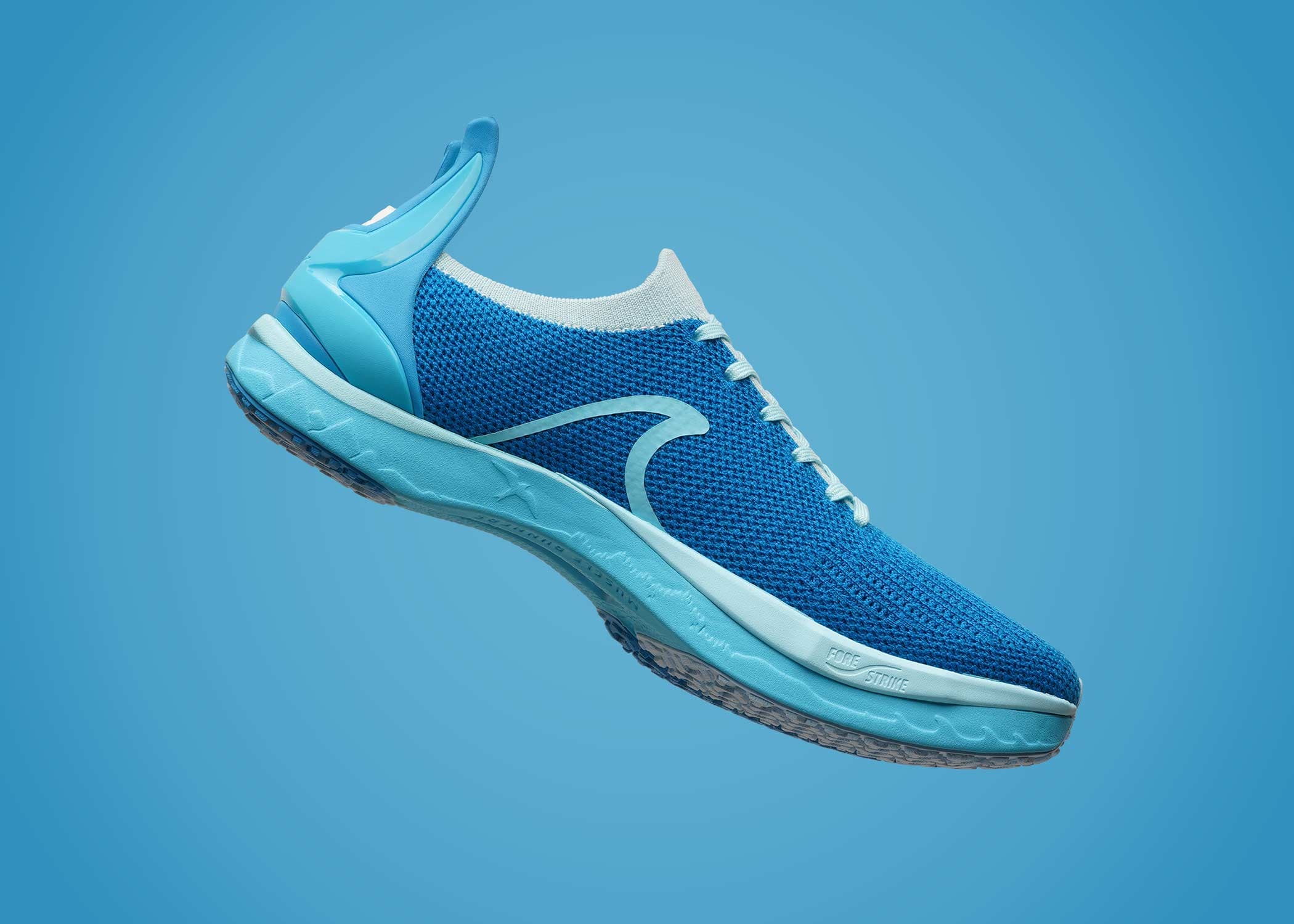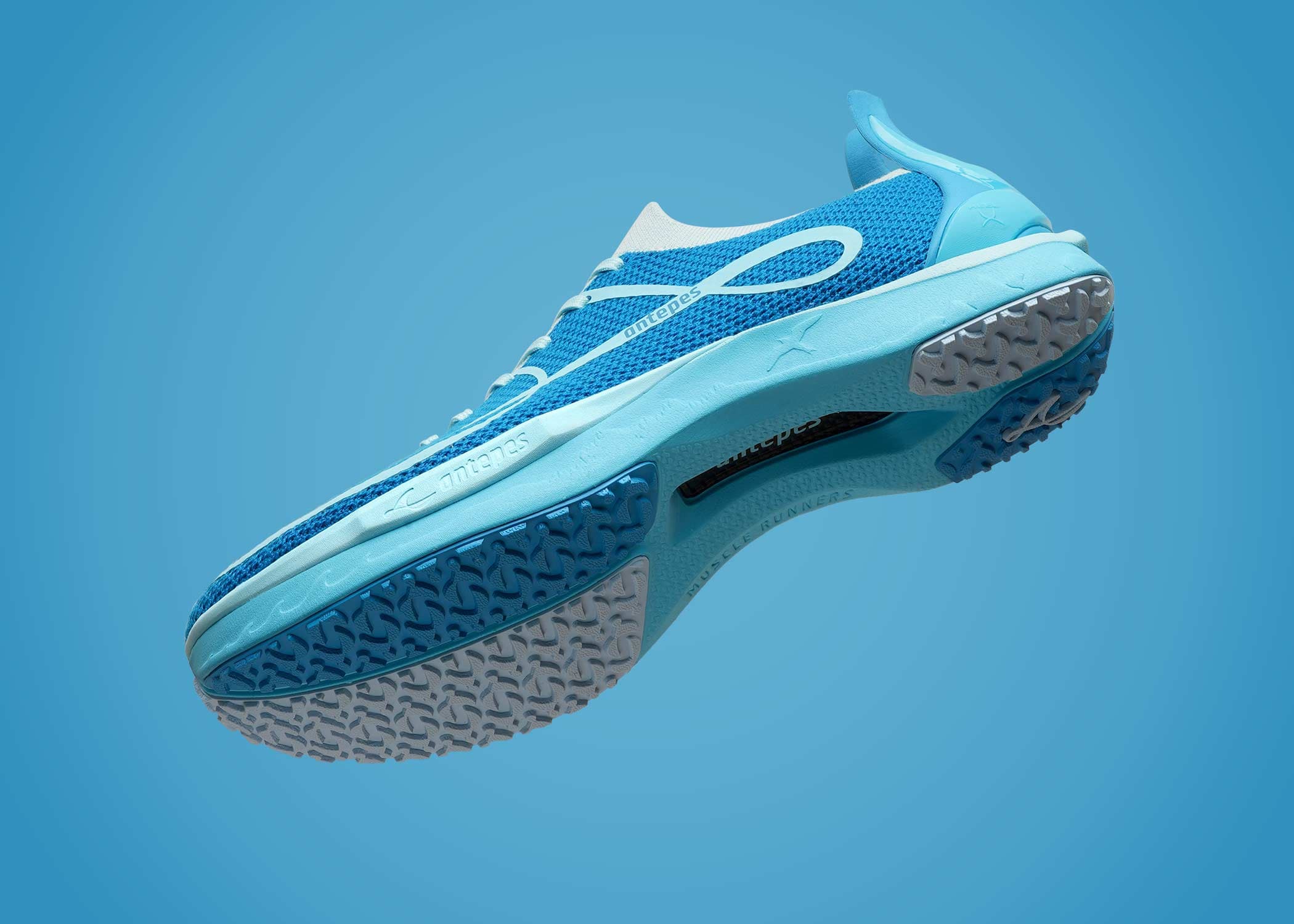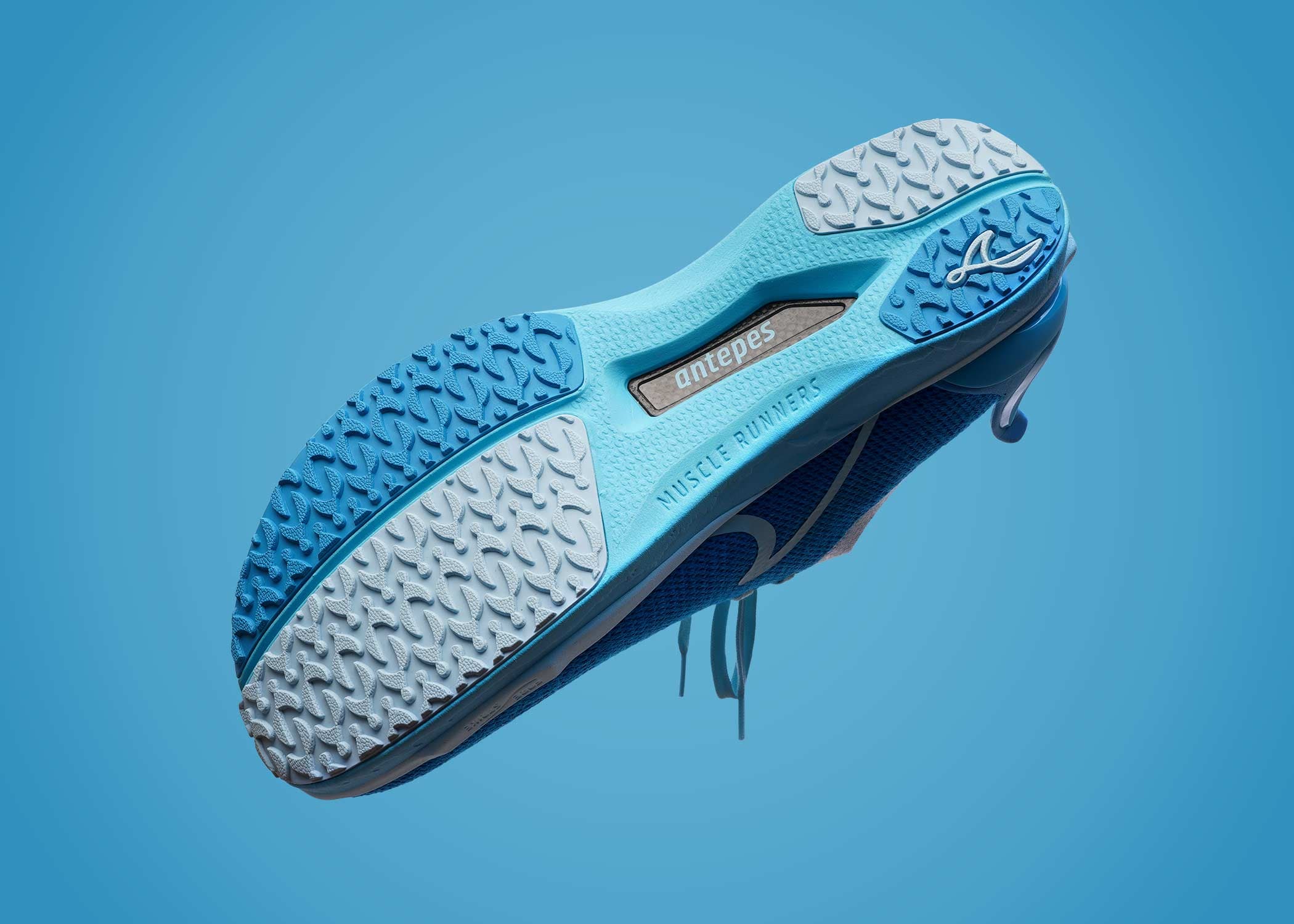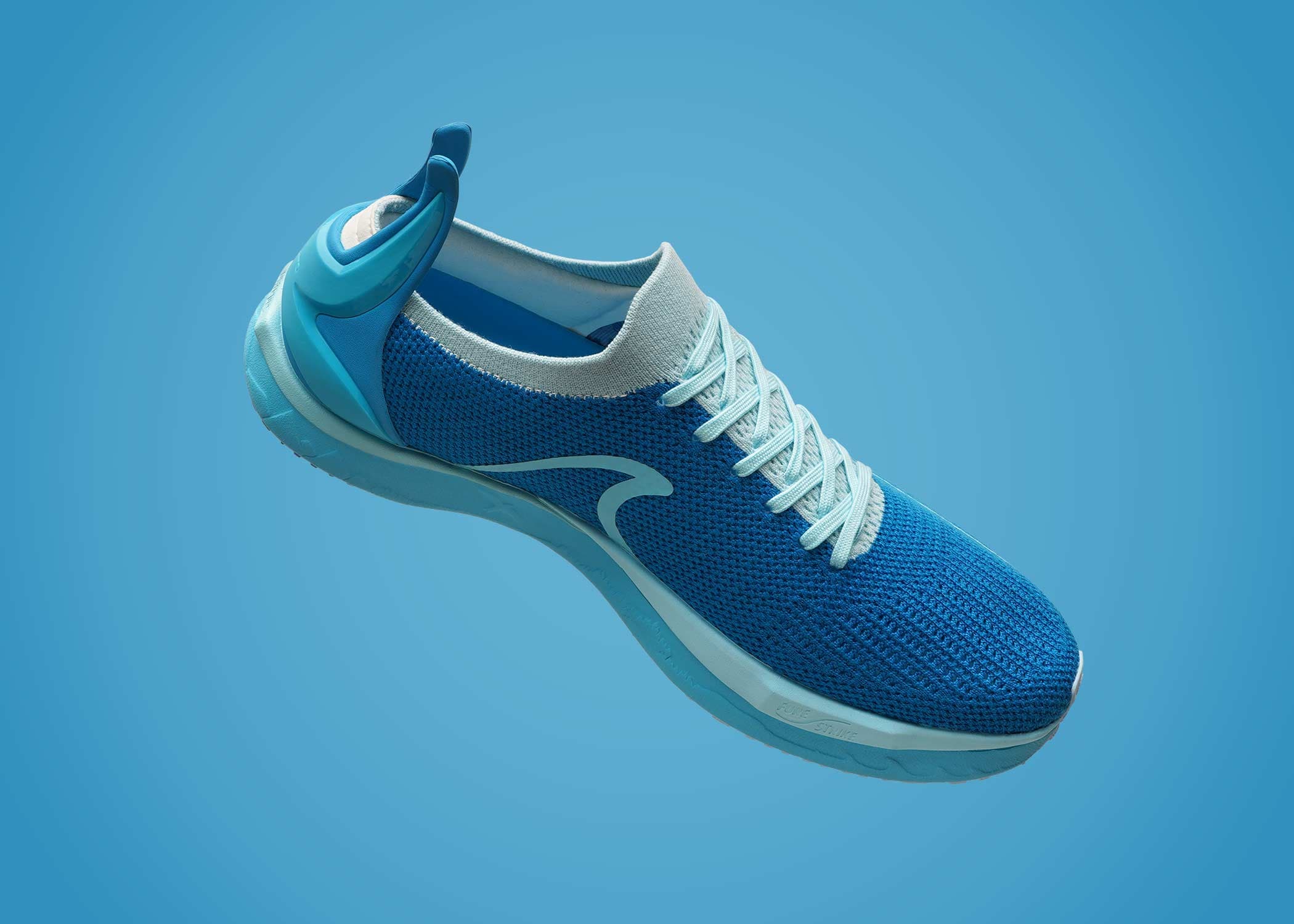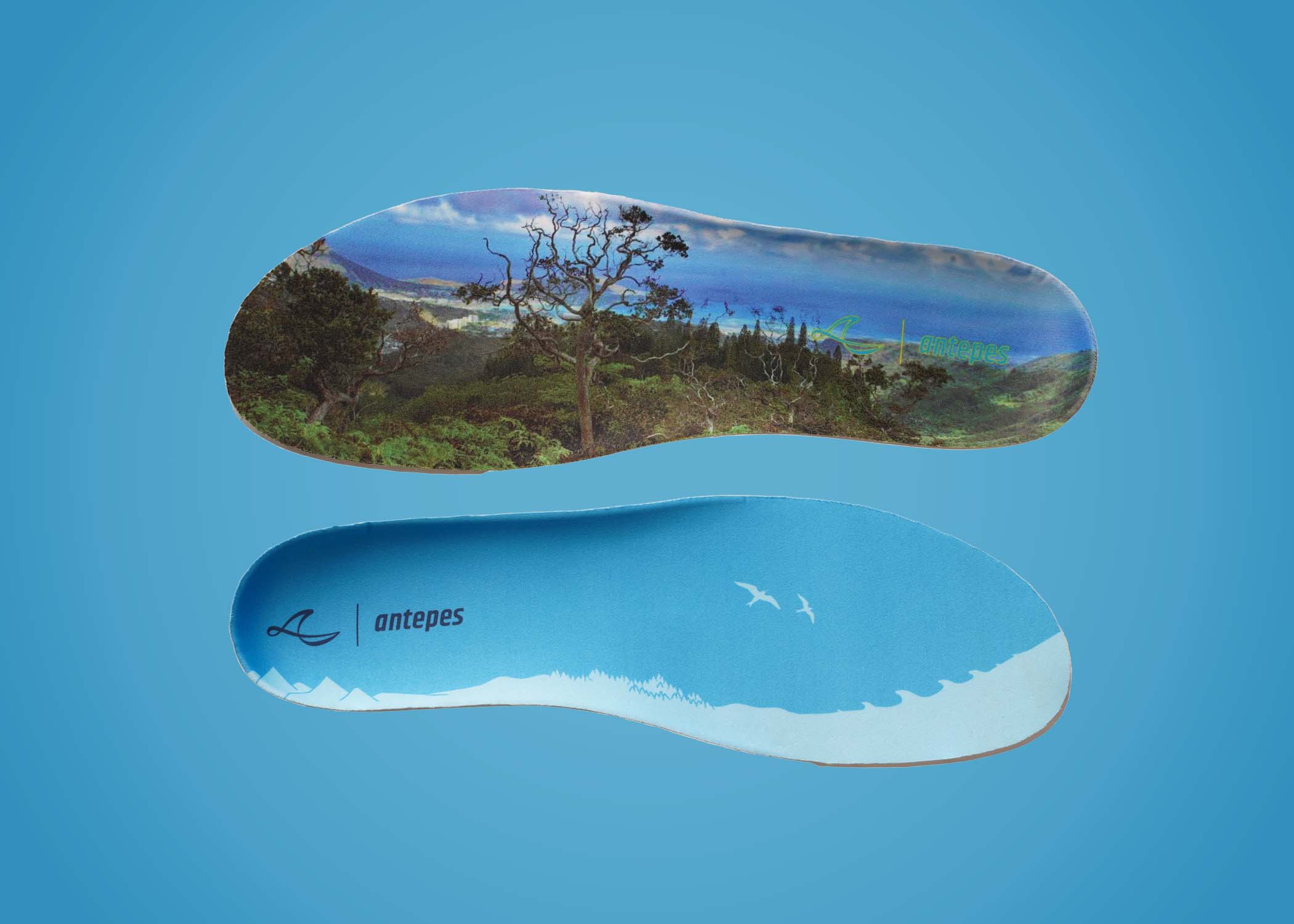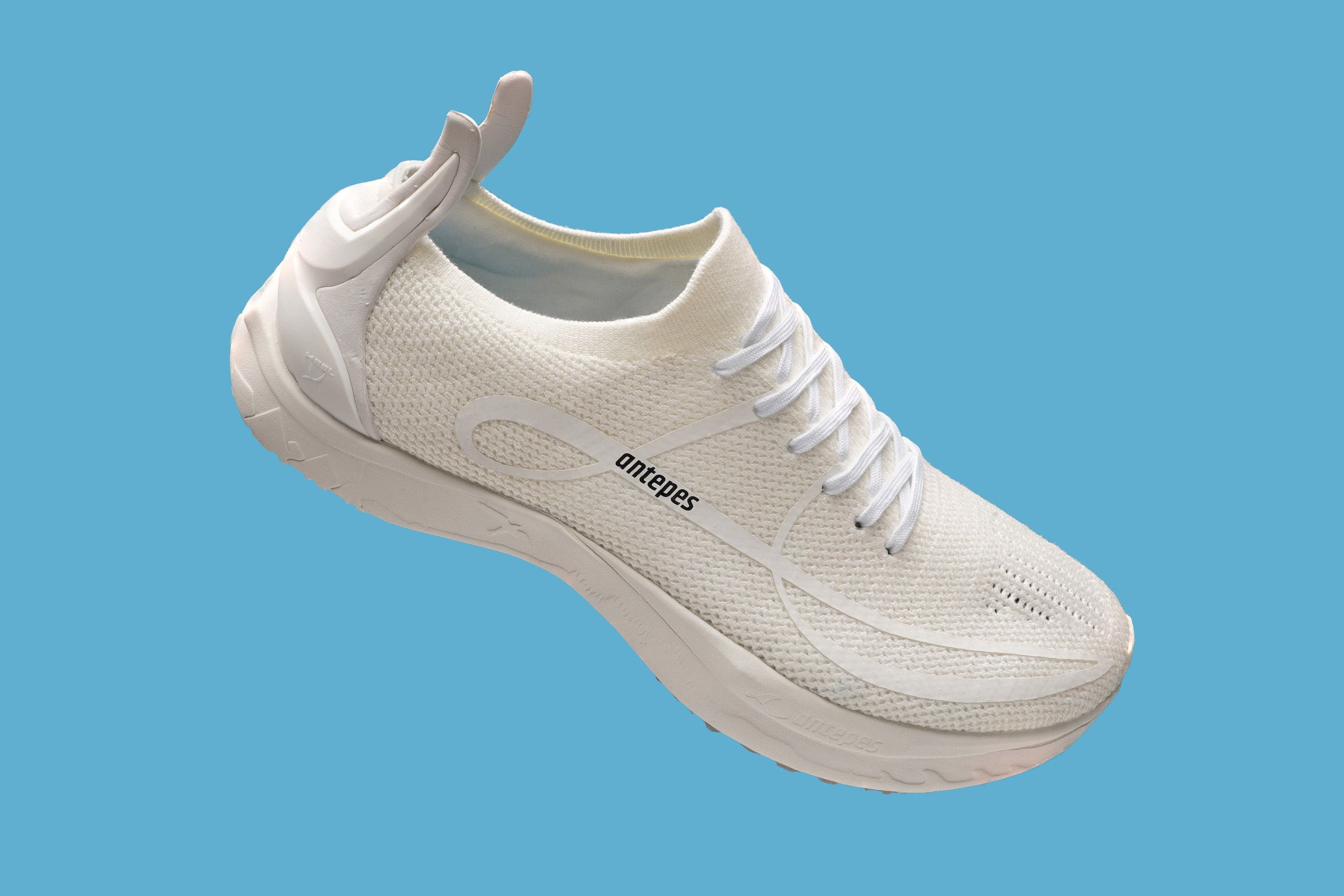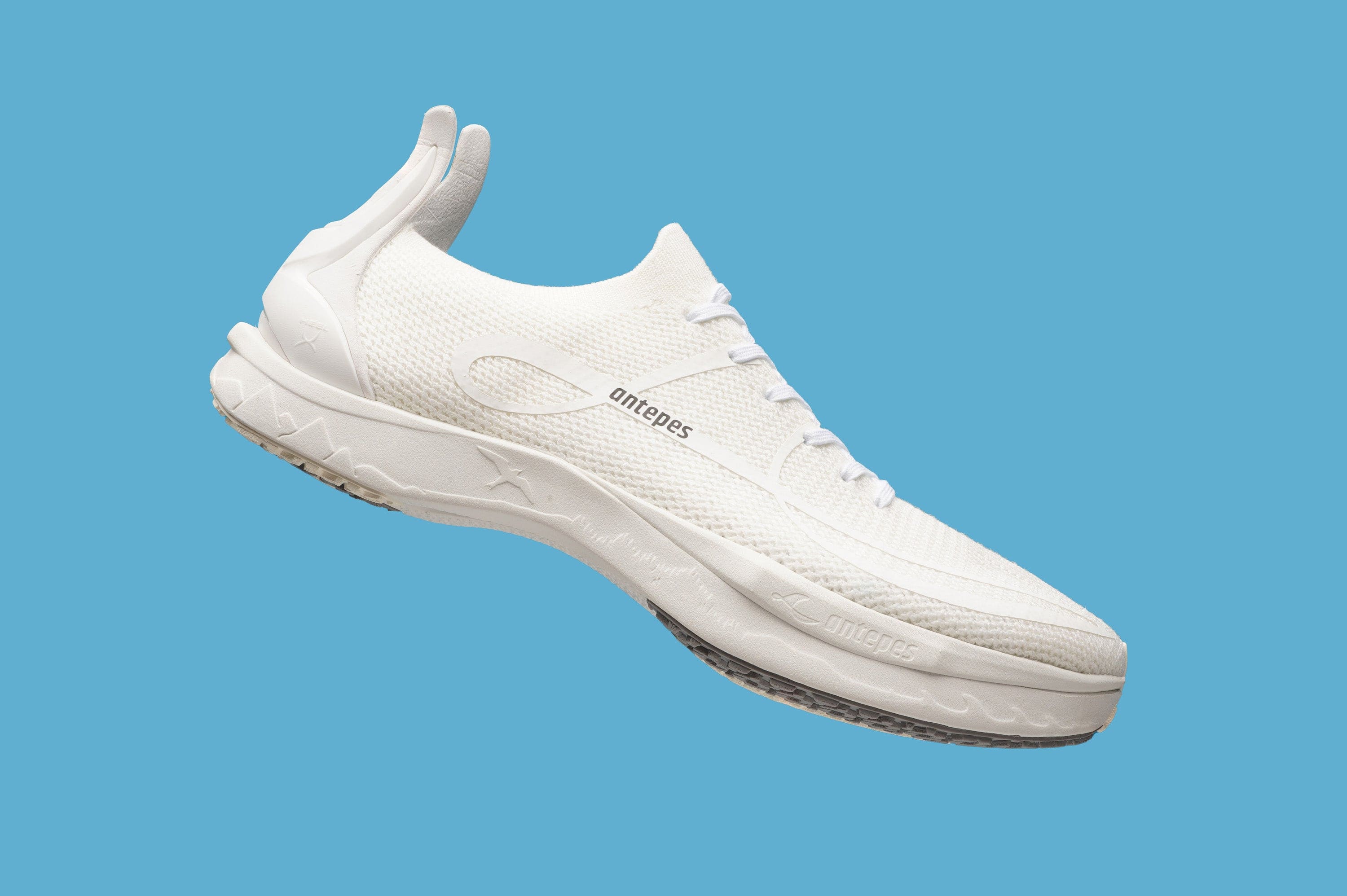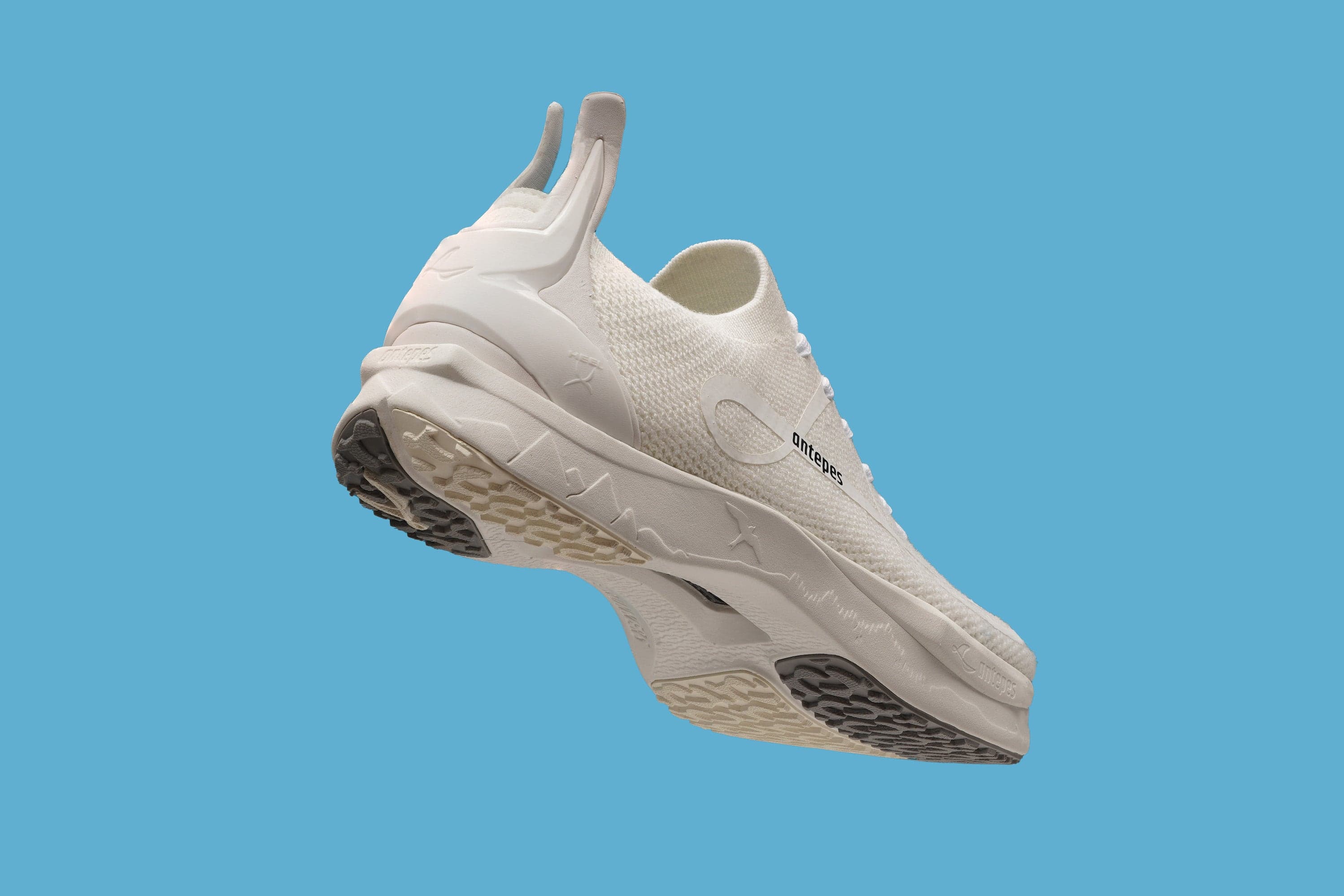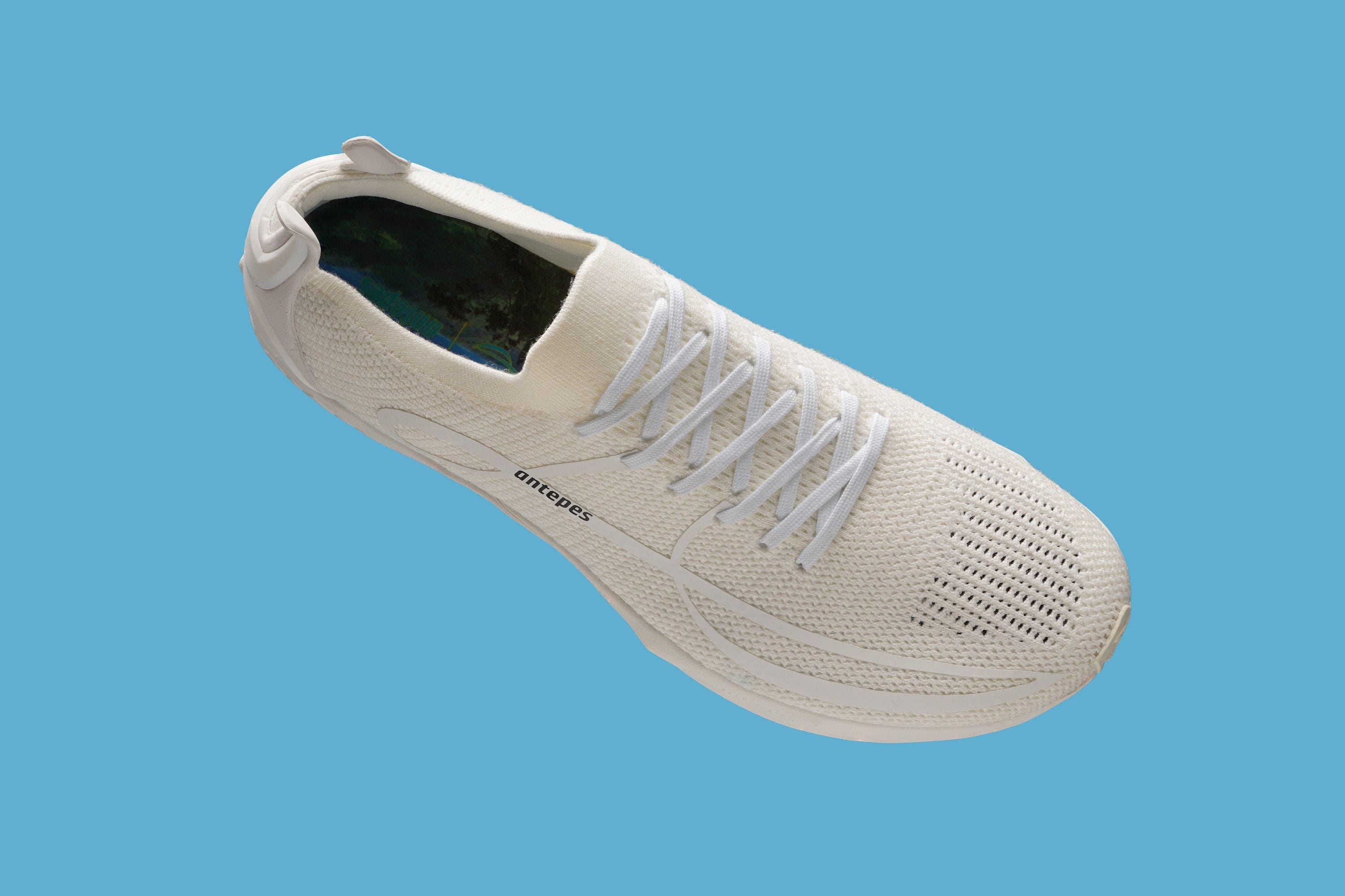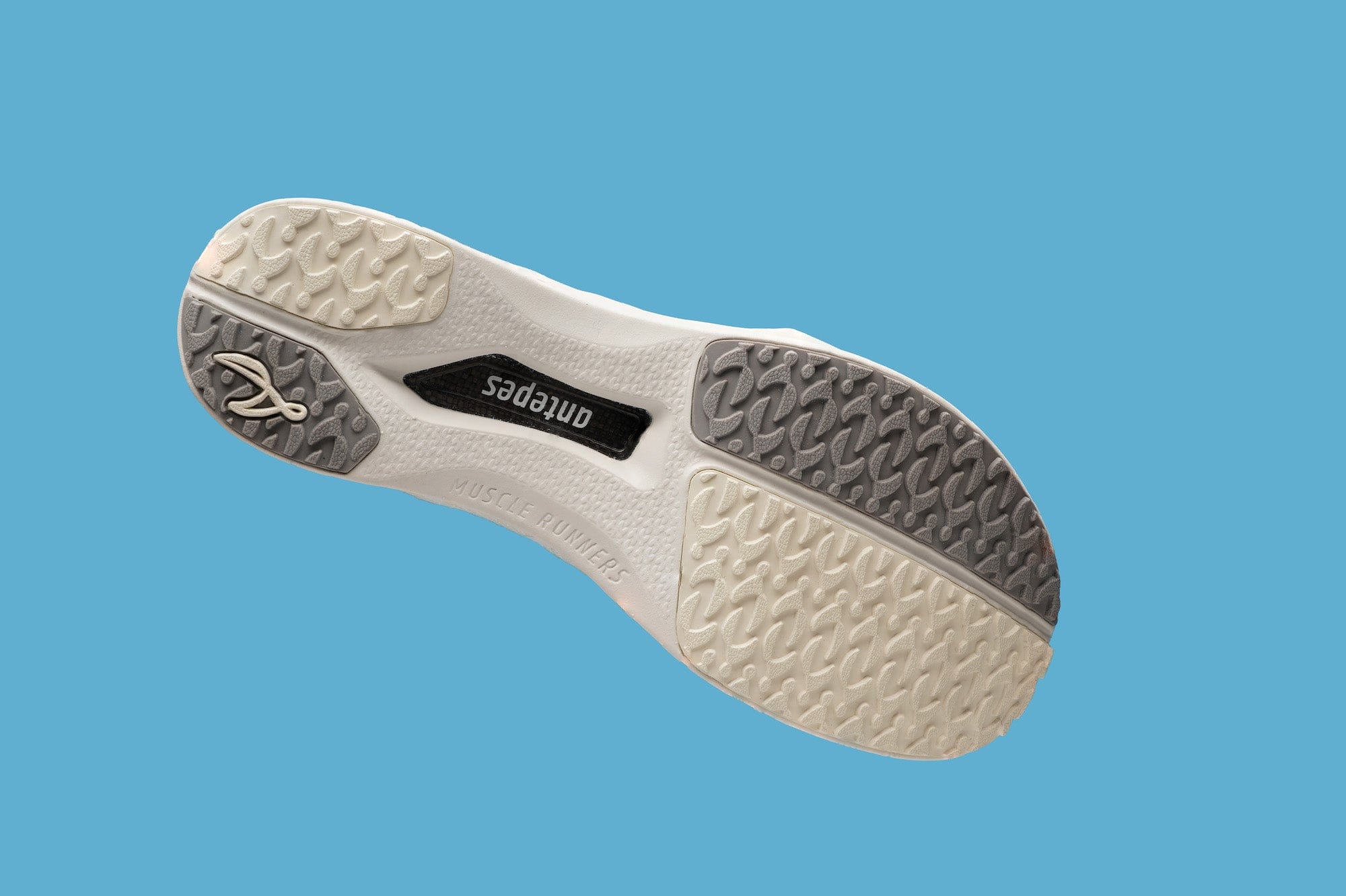There are facilities notably in the US where you can’t wear spikes, but you can train and race. You can see how this could be a dilemma. What are you going to sprint in that will provide traction, enhanced toe-off and great energy return coupled with light weight? Well, worry no more as your specifically designed-for-speed Muscle Runners will have your back. They’ll provide the speed.

With their sprint enhancing technologies such as ForeStrike™ and ForeSpring™ they will power up your sprinting on an indoor or outdoor track or indeed most other surfaces for that matter (of which more later). They are the closest you’ll get to spikes without wearing spikes.
And how many conventional running shoes have carbon fibre plates specifically positioned to improve sprinting? Yes, sprinting, not road running.
And conventional running shoes just don’t come close. With their often-bulky design – which can make it feel like you are wearing platforms – you won’t be able to optimally negotiate the tight turns of many indoor tracks. And how many conventional running shoes have carbon fibre plates specifically positioned to improve sprinting? Yes, sprinting, not road running.
Our dynamic sprint shoes have a dual-flex carbon fibre plate designed for “… impact distribution and fluid energy transfer”. The plate is sandwiched between two midsole TPE midsole foams in the forefoot. However, at the back of the shoe the plate sits on the top surface of the midsole under the heel. It’s all about that fluid energy transfer. Something which is crucial for indoor sprint track work and competition.
As soon as you run in Antepes you’ll notice the difference as you get “pushed” subtly into the positions required for fast running and sprinting.
Meanwhile dual-density super-springy foam is customised to give a softer feel right below the forefoot but has a slightly stiffer layer for ground contact. This is what you want for those powerful active toe-offs.
Indoor Track Running
The tight bends on an indoor track require your foot to pivot on foot-strike. In the inside lanes this can be quite marked. Then as you come off the bend and especially if you are in the outer lanes you’ll run down a quite steep grade before running up and into the second bend before running into the finishing straight.
200m and 400m sprinters will know how different this is to running outdoors. You’re onto the bends before you know it and the gradients make for a challenge when it comes to maintaining optimum sprint form.
Your Antepes come into their own again!
If you want to prepare for indoor training your specifically crafted sprint shoes are up for the challenge. They will position, rotate your foot and provide the explosive power!
Here are some ideas to use them to their max and train for indoor tracks.
1: Find a gradient of circa 1% - this is where for every 100m the slope decreases by 1m - and sprint down it 60m or so. (That's the calculation used for indoor tracks' design.)
2: If it's possible run the first part of the sprint on a curve and then enter the downgrade straight to sprint a further 40m-50m
3: Reverse direction and sprint into the now upgrade
4: Reverse direction and run into the now upgrade to then sprint off in an anti-clockwise curve
Pivoting power
The traction offered from your Muscle Runner’s forefoot will assist with grip and their relatively low centre of mass will enable your foot to pivot as noted. Many sprinters have been surprised by the ability of the super-fast shoes to allow for speedy cornering. To this end their light weight is another added bonus - just 256g/90z for a size M8.5. So, when it comes to indoor or outdoor sprinting Muscle Runners provide the speed! Let's go break some indoor sprint PBs!

